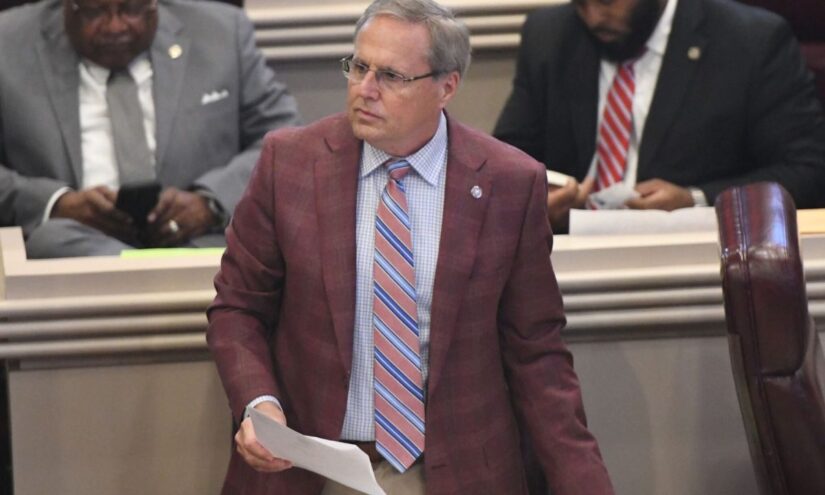During this summer, a team of students from MIT embarked on a journey to the sou …
Alabama Lawmakers Considering New School Funding Model
Carlos Changemaker

Following the conclusion of one legislative session and with the next session approximately eight months away, Alabama lawmakers will use this interim period to deliberate on the potential creation of a brand-new school funding formula.
Recently, the House and Senate committees responsible for overseeing the Education Trust Fund (ETF), Alabama’s education budget, convened for a joint session to initiate talks regarding potential alterations to the existing public K-12 education funding formula.
“It has been three decades since our last update to the education funding formula, and a lot has changed during that time,” remarked Rep. Danny Garrett, R-Trussville, the chair of the House Ways and Means Education Committee, in a post-meeting interview. “We are among the minority of states still operating under the current funding structure, so we are exploring more suitable alternatives.”
The initial step involved hosting a series of gatherings to educate legislators on how Alabama’s Foundation Program, a $4.6 billion initiative within the ETF, allocates funds to schools across the state.
Unlike many states that employ a student-oriented model, accounting for factors like student demographics and special needs, Alabama’s current formula, in effect since 1995, primarily bases funding on the number of teacher units derived from student enrollment.
Superintendent Eric Mackey, during a recent State Board of Education session, categorized the program as a “hybrid” due to its utilization of teacher units as the primary funding metric.
States like Connecticut, Kansas, California, Tennessee, Maryland, and Texas have transitioned to a weighted student funding formula within the last ten years, as highlighted by Allovue.
The legislative discussions centered not only on revising the funding model but also on addressing underfunding in low-income areas with diverse populations, evaluating economic incentives’ impact on education funding, and addressing the financial support for students with special needs.
Kirk Fulford, deputy director of the Legislative Services Agency, presented lawmakers with an overview of the Foundation Program’s mechanics.
School funding amounts are determined based on a unit count method involving the average student enrollment within a specific grade range, and these figures are crucial for calculating teacher and administrative staff allocations.
Local governments are required to levy property taxes at a minimum of 10 mills to secure funding from the Foundation Program, thus ensuring a fair distribution of educational resources based on regional income levels.
The state’s allocation for K-12 schools in the forthcoming year, covering programs like the Foundation Program, transportation, and those under the Alabama State Department of Education, totals approximately $5.5 billion, with an additional $831.5 million contributed locally.
Notably, the disparity in funding contributions was evident, with lower-income areas like Lowndes County contributing significantly less than affluent regions such as Mountain Brook.
An analysis revealed that school districts in wealthier areas generally demonstrate higher standardized test scores, indicating a correlation between funding levels and academic performance.
Lawmakers voiced concerns over the impact of economic development on school funding, particularly when state allocations fail to match local efforts to attract investments.
In Tennessee, districts maintained previous funding levels even after transitioning to a weighted student funding formula, suggesting a commitment to sustaining educational resources.
Rep. Troy Stubbs highlighted how economic growth efforts sometimes inadvertently offset state funding for local schools, leading to a net-neutral outcome.
Legislators are considering leveraging the Educational Opportunities Reserve Fund, established in the 2022 legislative session, to facilitate potential changes to the funding formula.
Moreover, schools receive additional funding for special needs students under the current formula, albeit without addressing the unique needs of individual students.
Sen. Arthur Orr emphasized the importance of reevaluating the funding model to accommodate the varying needs of students, such as English Language Learners and those with special requirements.
The committees aim to resume discussions on these critical issues at an upcoming meeting in August.
This story includes reporting from journalist Jemma Stephenson.


